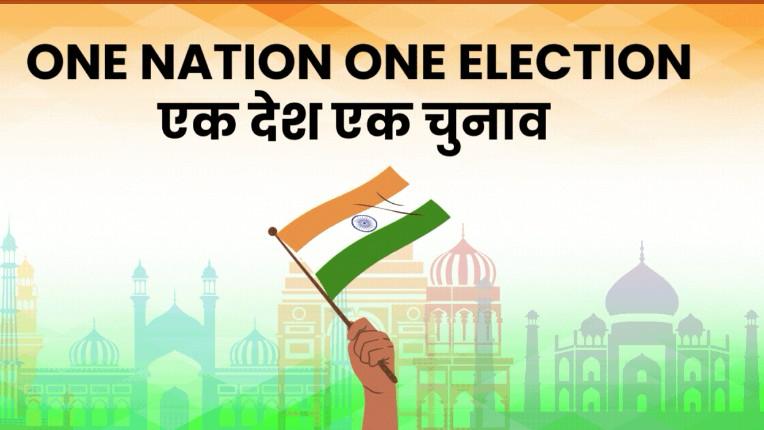Key highlights
India's ambitious "One Nation, One Election" plan is among the most far-reaching electoral reforms in its post-independence history. The plan to synchronise national, state, and even local body polls throughout the country—holds out the promise of revolutionary change but comes with formidable constitutional, logistical, and political challenges.
What is Changing and Why?
The compelling vision is to have concurrent elections to Lok Sabha, state legislatures, and local governments to limit the number of elections, consolidate governance, and lower expenditures. Its advocates contend it can save as much as Rs 120 billion for each cycle, minimize administrative disruption, and allow governments to concentrate on development instead of continuous electioneering.
The reform is based on suggestions of the Kovind committee and has been drafted in the 129th Constitutional Amendment Bill, which was cleared by the Union Cabinet in December 2024 and passed in the Lok Sabha, although not without vehement opposition and discussion.
Implementation Timeline and Political Roadblocks
In spite of legislative advances, actual implementation seems far off—planned for the 2034 cycle—on account of the requirement for intricate constitutional amendments, fresh budgetary provisions for voting infrastructure (such as doubling up on EVMs), and large-scale political consensus building.
The NDA does not have the two-thirds supermajority in Parliament required to amend the Constitution, and ratification by half of the states is in doubt due to opposition resistance from influential regional parties and the INDIA bloc.
Federalism, Representation, and Centralisation Issues
Critics caution that simultaneous polls would undermine regional autonomy, stifle local voices, and centralize power, which could destabilize the federal framework entrenched in the Constitution.
Ex-chief justices and democracy specialists warn against untrammeling powers for election officials and call for checks and balances to safeguard India's rich pluralism. There is not much evidence that cost savings from previous election reforms directly equated to investments in welfare or infrastructure, which puts the practical economic benefits in question.
What’s Next?
A 39-member Joint Parliamentary Committee is currently gathering nationwide feedback. With a multi-year consultation, debate, and state outreach process ahead, the policy’s fate—and its impact on the contours of India’s democracy—remains intensely contested.
If enacted, the reform has the potential to streamline elections but will redesign the nation's political cadences, and perhaps, the very character of its federal democracy.
Sources: India Today, Vajiram & Ravi, Wikipedia

